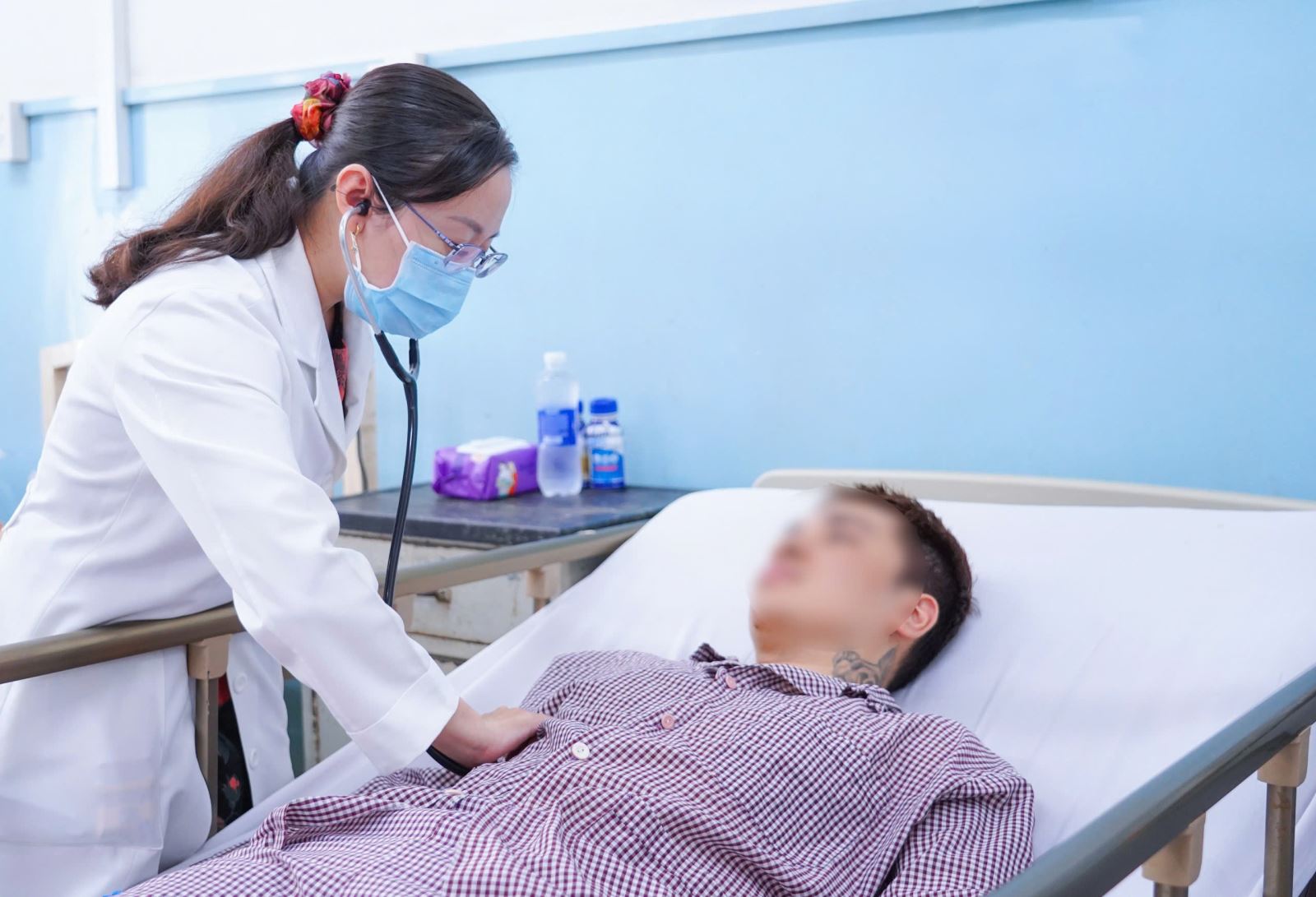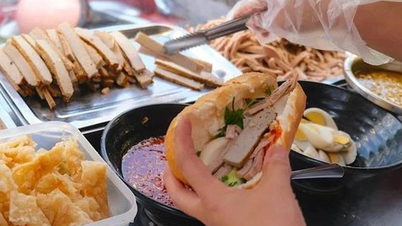According to the Ho Chi Minh City Department of Health , there are currently 64 inpatients, including one severe case receiving intensive care at Gia Dinh People's Hospital. This patient has underlying diseases such as pneumonia, high blood pressure, and atrial fibrillation. On the morning of November 12, the patient was taken off the ventilator, had the endotracheal tube removed, and continued to breathe oxygen through the nose. The remaining cases are in stable health.

According to initial test results, the health sector recorded that the main agent causing the poisoning symptoms was Salmonella enteritidis and Salmonella spp. bacteria, detected in blood cultures and stool samples. The Ho Chi Minh City Department of Health has directed hospitals and the Ho Chi Minh City Center for Disease Control (HCDC) to continue to coordinate with the Oxford University Clinical Research Unit (OUCRU) to conduct microbiological culture tests and gene sequencing of isolated bacterial strains to clarify the cause and factors related to this cluster of food poisoning cases.
One case had a positive blood culture result for Staphylococcus coagulase-negative, according to a report from Gia Dinh People's Hospital, and was determined to be an external infection during microbiological testing. The Department of Health said that this group of bacteria normally resides on the skin and mucous membranes of healthy people, does not produce enterotoxins and does not cause food poisoning.
According to the medical industry, food poisoning is often caused by eating food contaminated with microorganisms that produce toxins or cause gastrointestinal infections, such as Staphylococcus aureus, Salmonella, Shigella, E. coli, Clostridium perfringens, Bacillus cereus...
The Ho Chi Minh City Department of Health affirmed that determining the cause of food poisoning must be based on complete evidence, including the results of testing food samples, patient samples, clinical developments and epidemiological analysis. After synthesizing all data, the competent authority will make an official conclusion about the agent causing food poisoning.
The health sector recommends that people not panic or make assumptions based on a single test result, and proactively prevent food poisoning by choosing food of clear origin, eating cooked food and drinking boiled water, storing it properly, and complying with food safety and hygiene regulations.
The Ho Chi Minh City Department of Food Safety has reported to the City People’s Committee about the suspected food poisoning case related to the “Co Bich Toad Bread” facility in Hanh Thong Ward. Initial investigation shows that this facility used raw materials without invoices, did not register a business branch and hundreds of people had to be hospitalized after eating the bread.
The Food Safety Department assessed that this was a large-scale food poisoning incident with many people infected, some of whom had serious complications. Because the incident occurred in the community and all the consumers involved could not be identified, the investigation teams encountered difficulties in counting cases and analyzing the epidemic.
Source: https://baotintuc.vn/y-te/vu-ngo-doc-banh-mi-tp-ho-chi-minh-tp-ho-chi-minh-giai-trinh-tu-gen-tim-nguyen-nhan-20251112170503922.htm



![[Photo] Prime Minister Pham Minh Chinh attends a conference to review one year of deploying forces to participate in protecting security and order at the grassroots level.](https://vphoto.vietnam.vn/thumb/1200x675/vietnam/resource/IMAGE/2025/11/12/1762957553775_dsc-2379-jpg.webp)



![[Photo] Highways passing through Dong Nai](https://vphoto.vietnam.vn/thumb/1200x675/vietnam/resource/IMAGE/2025/11/12/1762940149627_ndo_br_1-resize-5756-jpg.webp)

























































































![Dong Nai OCOP transition: [Article 3] Linking tourism with OCOP product consumption](https://vphoto.vietnam.vn/thumb/402x226/vietnam/resource/IMAGE/2025/11/10/1762739199309_1324-2740-7_n-162543_981.jpeg)







Comment (0)